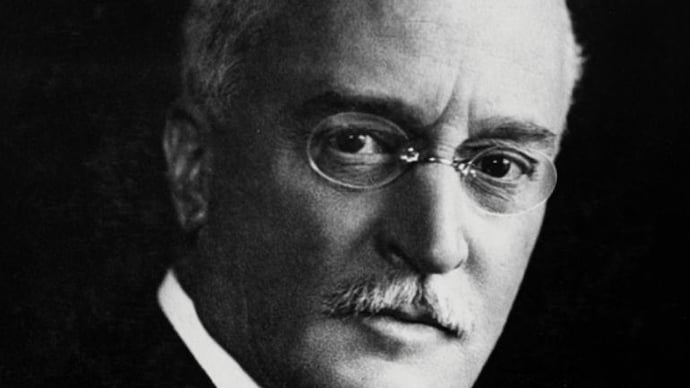Very soon the engine he invented will be thrown into the dustbin of history: who is Rudolf Diesel?
He realized the compressed air ignition and internal combustion engine were named after him. He was born on March 18, 1858, in Paris. He was lost in the English Channel on the night of 29/30 September 1913 from a ship bound for Harwich, England.

Despite all the difficulties arising from being the son of an immigrant German family, Diesel, who completed his primary education as a successful student in Paris, was sent to England with his family when the war broke out between France and Prussia in 1870, and after a while, following the call of a relative, he moved to his homeland, Germany.
Rudolf Christian Karl Diesel (18 March 1858 – 29 September 1913) was a German inventor and mechanical engineer who is famous for having invented the diesel engine, which burns diesel fuel; both are named after him.
After earning his high school diploma in Augsburg, he entered the Technische Hochschule in Munich and became the favorite student of Carl von Linde, the pioneer of mechanical refrigeration. After completing his higher education and working as a mechanical engineer in Switzerland for two years, he went to Paris in 1880 to work in Linde's company that produces refrigeration machines. In those years, he made long research to develop an engine based on the expansion of ammonia, but his efforts were unsuccessful.
In 1890, at Linde's request, he returned to Berlin to take a position at the company's factory in Germany and began developing his plans for an engine to be ignited by air heated under pressure. Explaining the working principles of this engine, which he patented in 1892, in his article "Theorie und Konstruktion eines rationellen Wârmemotor" ("The Theory and Construction of a Rational Heat Engine") published in 1893, Diesel collaborated with two major organizations such as Maschinenfabrık in Augsburg and Krupp in Essen. agreed, and solved the problem of financial resources required for the construction works. The construction work, which started in the same year, ended successfully in 1897. Meanwhile, coal dust, which was initially thought of as a fuel, was replaced by heavy petroleum oils due to the difficulties that arose in practice. The production of the Diesel engine, the first example of which was exhibited in Munich in 1898 and attracted great interest, was started in the USA for the first time.
Encouraged by the success of this first venture, Diesel, who established a factory in Augsburg in 1899 with patent income, had to close his factory as well as lose all his wealth due to health problems, and business and investment mistakes. Afterward, Diesel, who frequently traveled to the USA, organized conferences, and devoted most of his time to artistic activities, gained an international reputation, although he did not succeed in making a fortune from his invention, which had a bright future. Although his name is remembered today only for the engine he developed, in reality, he was a versatile personality who was competent in various branches of art and science. He never lost his close interest in social sciences, especially during his stay in Paris, and collected his views on society and economics in his two-volume work called Solidarismus.
The Rudolf Diesel engine is basically similar to the Otto engine, which was the first example of an internal combustion engine. Except that this first example runs on gasoline and the Diesel engine runs on heavy petroleum oils, the main difference between them is in the ignition system. In the Otto engine, the electric spark is used to ignite the gasoline-air mixture in the cylinder, whereas in the Diesel engine the ignition scheme is based on the heating of the compressed air. When the air in the cylinder is compressed to about one-fourth of its initial volume, the temperature of the air reaches a level that can ignite coal dust or heavy petroleum oils. At that moment, the gases released by the combustion of the fuel sent to the cylinder expand, the piston is pushed back with the expansion pressure, and the conversion of heat energy into mechanical work is provided.
Although the Rudolf Diesel engine is larger, heavier, and has a low speed compared to the gasoline engine, it has found a wide area of use due to the cheapness of its fuel and ease of maintenance. It has replaced the steam engine in many areas and has become the most used engine type in ships and trains, factories, pumping plants, and electricity generators. Diesel engines, which are superior to all other engine types in terms of work efficiency per unit of heat consumed, will be discontinued by 2035 in passenger vehicles as well as heavy road vehicles.
